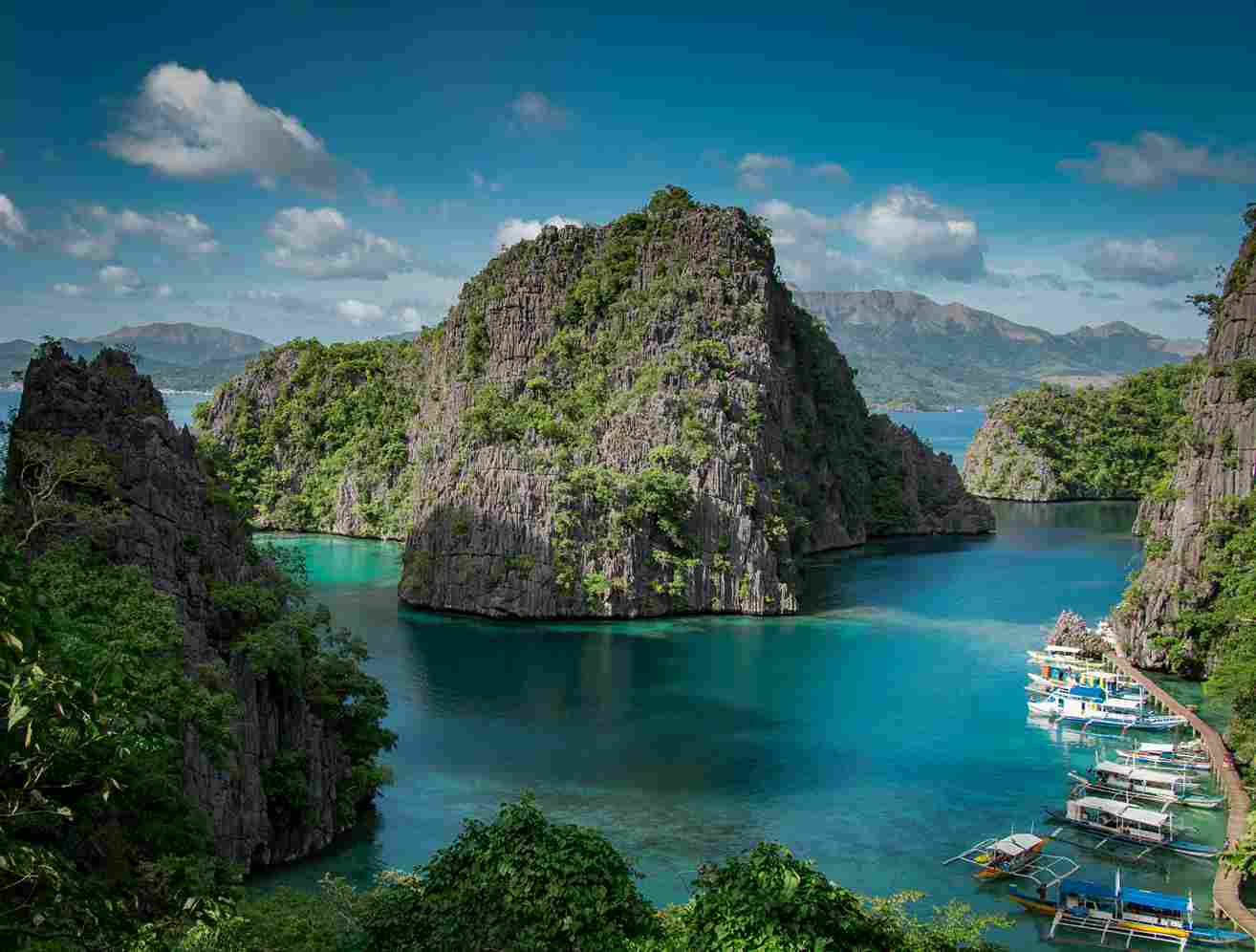Pingtan Island’s Blue Tears (海蓝眼泪) is one of nature’s most magical phenomena—a dazzling display of bioluminescent plankton that lights up the ocean like liquid stars. But with growing tourism threatening this fragile spectacle, experiencing it responsibly is crucial. This 1000-word guide covers everything from the best viewing spots to eco-friendly practices, ensuring you witness the glow without harming it.
What Are the Blue Tears?
The Blue Tears are caused by Noctiluca scintillans, a type of bioluminescent plankton that emits a neon-blue glow when disturbed by waves, boats, or even footsteps in shallow water.
Key Facts:
- Season: April to September (peak in May–June)
- Best Time: 10 PM–2 AM on moonless nights
- Brightest Locations:
- Longwangtou Beach (most accessible)
- Tannan Village Coast (stronger glow, fewer crowds)
- Dongliao Bay (requires local guide)
Best Ways to Experience the Blue Tears
1. Eco-Friendly Boat Tours
- Electric or Kayak Tours (avoid motorboats that pollute water)
- Certified Operators:
- Pingtan Marine Eco-Tours (silent electric boats)
- Blue Tears Kayak Adventures (small groups, no flashlights)
2. Shoreline Viewing (No Boat Needed)
- Where: North Coral Beach (less crowded)
- How:
- Walk slowly along wet sand to trigger plankton glow
- Use red-light headlamps (white light scares plankton)
3. Photography Tips
- Camera Settings:
- Long exposure (15–30 sec)
- High ISO (1600–3200)
- No flash (disrupts plankton)
- Best Spot: Dripping Stone Cove (minimal light pollution)
Threats to the Blue Tears & How to Help
- Overtourism: Too many boats & swimmers stress plankton
- Chemical Pollution: Sunscreen & fuel harm marine life
- Habitat Loss: Coastal development reduces plankton breeding zones
Do’s & Don’ts
| ✅ Do | ❌ Don’t |
|---|---|
| Use reef-safe sunscreen | Wear chemical sunscreen |
| Book small-group tours | Join crowded motorboat tours |
| Stay on marked paths | Trample tidal pools |
| Take photos silently | Use flash or loud drones |
FAQs
1. When is the best time to see Blue Tears in Pingtan?
Peak season: Late April to early June. Best nights: Moonless, clear skies between 10 PM–2 AM.
2. Are the Blue Tears dangerous to humans?
No, but avoid swallowing water—some people report mild skin irritation.
3. Can you swim in the Blue Tears?
Not recommended. Human oils and movements disrupt plankton. Kayaking is a better alternative.
4. Why are the Blue Tears disappearing?
Pollution, overtourism, and habitat destruction have reduced plankton populations by 40% in a decade .
5. Where is the brightest Blue Tears spot in Pingtan?
Tannan Village Coast has the strongest glow, but access is restricted—book a local guide.
6. How can I photograph Blue Tears without harming them?
- Use long exposure (no flash)
- Stay onshore (avoid entering the water)
- Silent mode only (no artificial light)
7. Are there Blue Tears tours for families?
Yes! Pingtan Eco-Kids Tours offers child-friendly kayak trips with marine biologists.
8. What should I wear to see the Blue Tears?
- Dark clothing (reduces light reflection)
- Waterproof shoes (rocks are slippery)
- No perfumes/lotions (can contaminate water)
Local Insight
“Tourists chase the brightest glow, but the real magic is in the quiet moments—when the sea flickers like a heartbeat.”
— Lin Mei, Pingtan marine conservationist
How to Support Conservation
- Donate to Pingtan Marine Research Center
- Join beach cleanups (organized weekly in summer)
- Spread awareness (share eco-tips, not exact locations)
Conclusion
The Blue Tears are a disappearing wonder—only sustainable tourism can preserve them. By following these guidelines, you help ensure future generations can witness Pingtan’s “sea of stars.”
